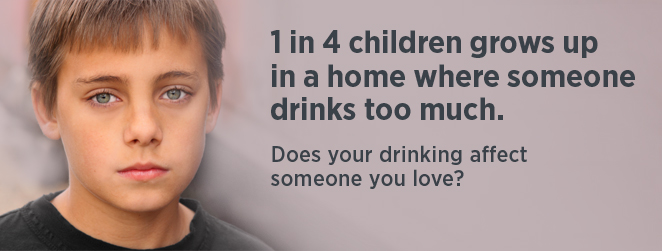
Photo from NIAAA’s Website! Click to visit them for more information about Alcohol Abuse Prevention!!
NIAAA, The National Institute on Alcohol Abuse and Alcoholism has the following facts to share about underage drinking. Take them to heart and share them with your friends!
———————————————————————–
Underage drinking is a risk that attracts many developing adolescents and teens. Many want to try alcohol, but often do not fully recognize its effects on their health and behavior. Adolescents are “built” to take risks, seek novelty, socialize with peers, explore, and learn. Youth who have an unusually strong desire for new experiences and sensations are more likely to use alcohol. Immature circuits related to decision-making and impulse control, combined with strong reinforcement provided by alcohol and drinking with friends, contribute to underage drinking. Transitions may present increased risk for alcohol use and/or an opportunity for intervention (i.e. school changes).
Increased stress, responsibility, and free time all may contribute to alcohol use. Youth with histories of behavior problems, family conflict, and/or alcohol problems are more likely to use alcohol than are other young people. More young people use alcohol than use tobacco, marijuana, or any other illicit drug. Binge drinking accounts for more than 90% of the alcohol consumed by youth. Youth ages 12-20 drink 11% of all alcohol consumed in the United States.
Drinking can lead to poor decisions about engaging in risky behavior, including drinking and driving, sexual activity (such as unprotected sex), and aggressive or violent behavior. Underage drinkers are more likely to carry out or be the victim of physical or sexual assault after drinking than others their age who do not drink. .Underage drinkers may have trouble in school or with the law. Drinking alcohol is associated with the use of other drugs.
Young people’s brains develop well into their 20’s–usually before age 25 for females and males. During adolescence, the brain undergoes significant growth and remodeling. Alcohol can alter this development, potentially causing cognitive or learning problems. People who start drinking before the age of 15 are four times more likely to meet the criteria for alcohol dependence at some point in their lives.
Predictors of Youth Problem Drinking
a. Friends’ drinking
b. Temperament (i.e. impulsivity, sensation seeking)
c. Risk cognition (i.e. positive beliefs about alcohol’s effects)
d. Alcohol-related problems
e. Delinquency
f. Parental alcohol use
g. Family history of alcohol problems
h. Poor neighborhood environment
i. Low level of response to alcohol
j. Unusual high level of response to alcohol
Share these facts with your friends! For more information, visit NIAAA’s website.
